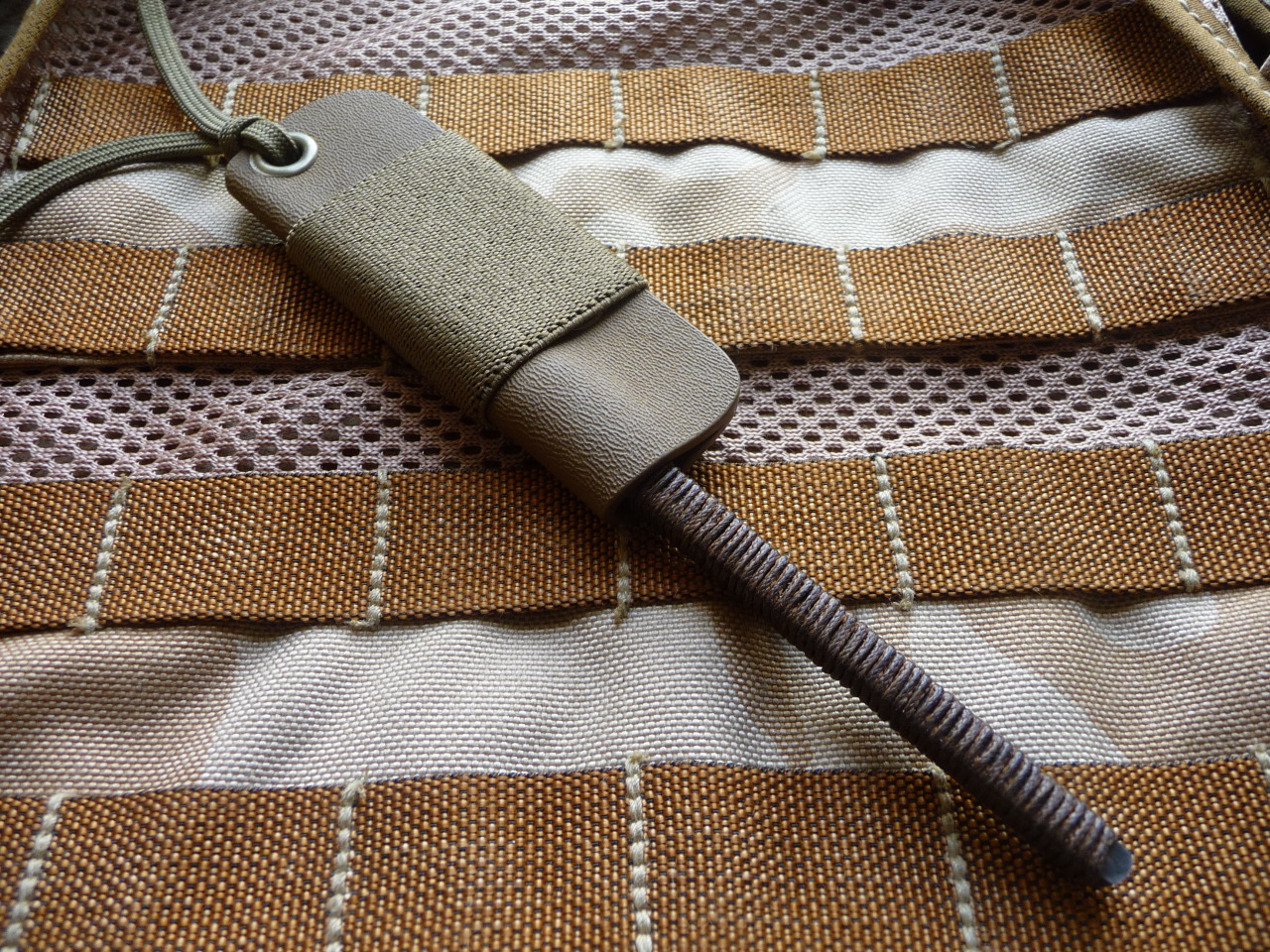

Male Spiny dogfish use their claspers to impregnate females, which take time to develop properly, and before reaching sexual maturity, tend to be longer than their pelvic fins. Some dogfish have been seen to live nearly 70 years, but the average lifespan is around 30–40 years. Females take a longer period of time, around 16 years, to reach sexual maturity, and can grow to about 80–84 cm (30–30 in) at that time. Most males reach sexual maturity at an earlier ages of around 10 years, growing to be about 60–65 cm in length. Sexual maturity does not match body size development, they mature quite earlier than one would expect. Many of the growth patterns show a isometric growth pattern, as the pups have very similar features to the adults. In females the size of ova and the state of uteri determines whether sexual maturity has been reached, while in males, clasper length and calcification is the determination factor. The male inserts one clasper into the female cloaca during copulation. Males are identified by a pair of pelvic fins modified as sperm-transfer organs, or "claspers". Both sexes are greyish brown in color and are countershaded. Even after fully absorbing the yolk sac, the pups may live in the uterus for a period of time afterwards during the gestation period. Attached to the gill region of the pup is a yolk sac which provides nutrients for them as they develop, which they absorb as they grow. The candle passes through the rest of the reproductive tract until it reaches the uterus. One can determine if an egg is fertilized when the blastoderm is visible. The reproductive cycle begins when females produce several large eggs of yellow coloring, which become fertilized once they pass through the shell gland and are wrapped in what is called a "candle", or a kind of reproductive capsule. Reproduction occurs in the winter in offshore waters, while pups are normally born in the warmer and deeper offshore waters where it is harder for humans and predators to reach them. During spawning season, which occurs during the colder months of winter, females can lay anywhere from 2 to 12 eggs, which develop ovoviviparously and the pups are birthed as live young, with about 5 to 6 in each litter of pups, mainly depending on the size of the female. ĭogfish sharks experience one of the longest gestation periods of any organism, which can last from around 18 to 24 months. They are aggressive hunters and have a sizable diet that can range from squid, fish, crab, jellyfish, sea cucumber, shrimp and other invertebrates.


This shark is known to hunt in packs that can range up into the thousands. If captured, the shark can arch its back to pierce its captor with spines near the dorsal fins that secrete a mild venom into its predator. The species name acanthias refers to the shark's two spines. The caudal fin has asymmetrical lobes, forming a heterocercal tail. The spiny dogfish has dorsal fins, no anal fin, and white spot along its back. Description and behaviour Spiny dogfish pup Those in the northern Pacific Ocean were reevaluated in 2010 and found to constitute a separate species, now called the Pacific spiny dogfish ( Squalus suckleyi). It lives in shallow waters and further offshore in most parts of the world, especially in temperate waters. While these common names may apply to several species, Squalus acanthias is distinguished by two spines (one anterior to each dorsal fin) and no anal fin. The spiny dogfish ( Squalus acanthias), spurdog, mud shark, or piked dogfish is one of the best known species of the Squalidae (dogfish) family of sharks, which is part of the Squaliformes order.


 0 kommentar(er)
0 kommentar(er)
